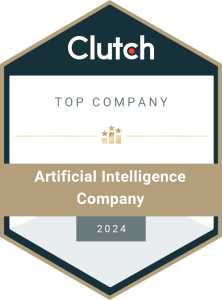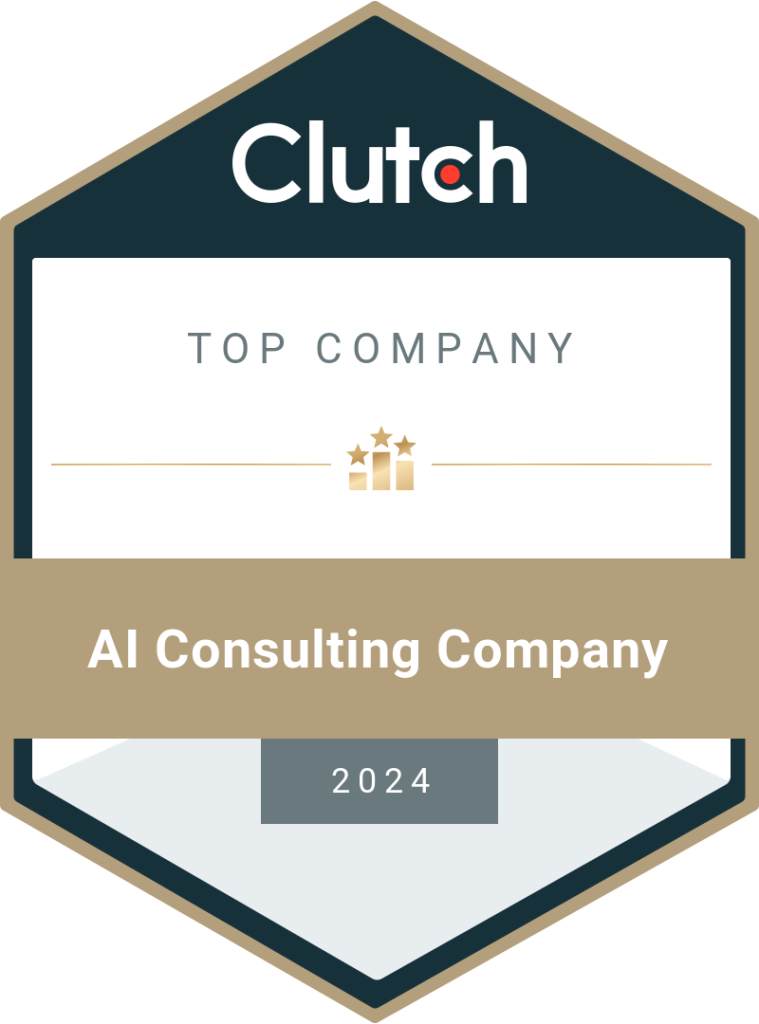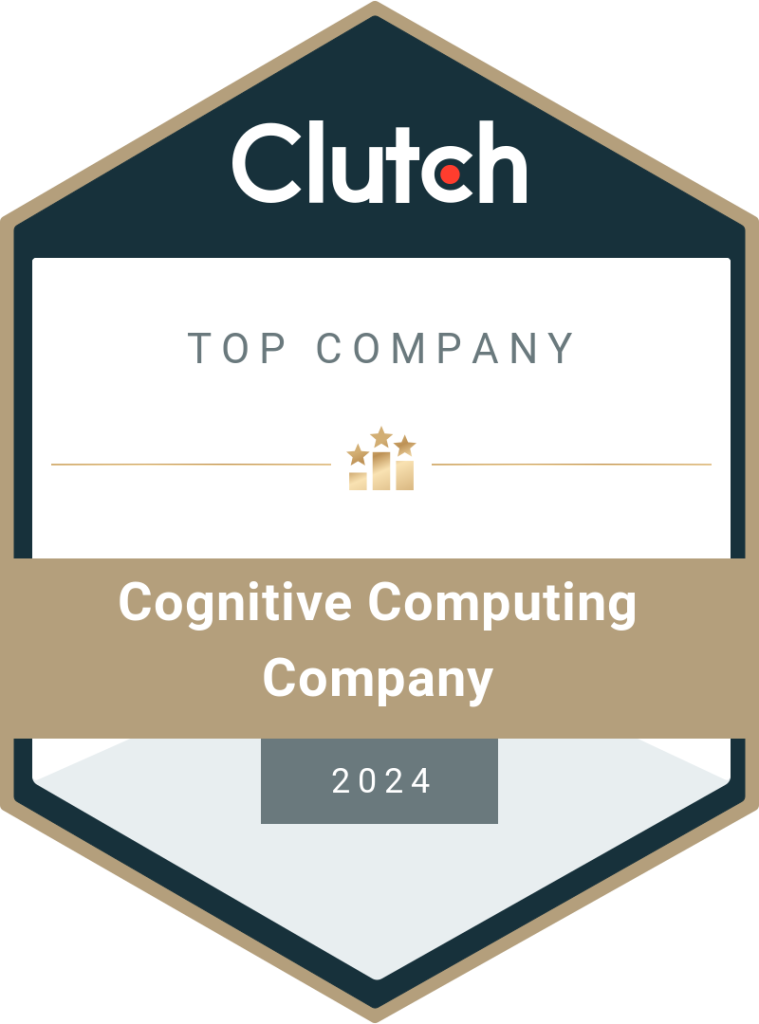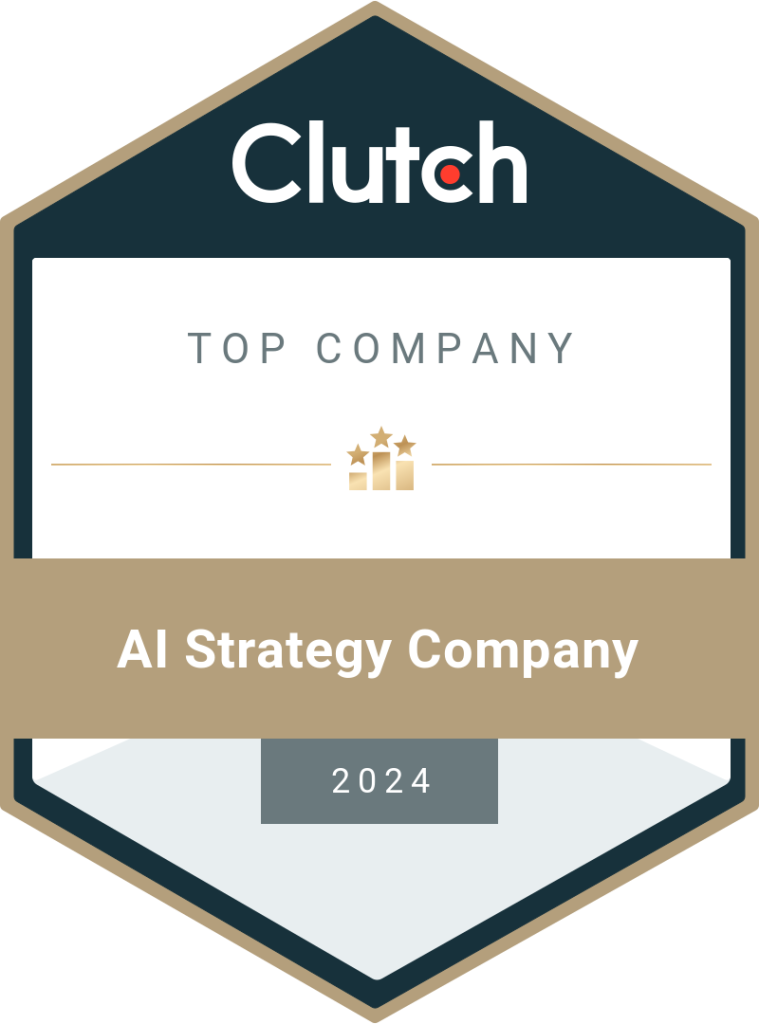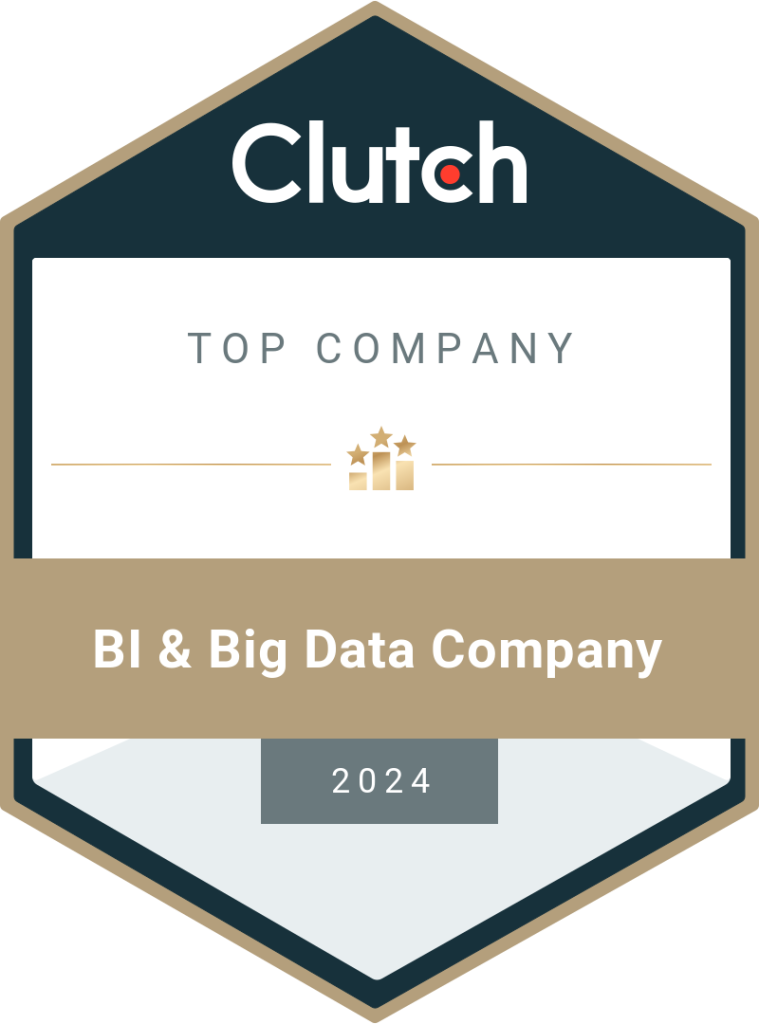5 Computer Vision Strategies To Implement For Your Business
As humans, we can easily see, process, and act on something that could be considered a visual input. But how can that be replicated in machines? That is precisely what computer vision aims to do. While there may be limitations for a machine to act like humans, they are quite close when it comes to analyzing and acting as programmed to do. To cut it short, Computer Vision can be described as a process when a computer using artificial intelligence is able to identify and process visuals (like photos and videos), extract insights from them to create an appropriate output that makes the process of decision making simpler. According to this market analysis report conducted in 2020, the global computer vision market size was at a value of USD 10.6 billion in 2019 and is expected to grow at a compound annual growth rate (CAGR) of 7.6% from 2020 to 2027. Before going into the computer vision techniques that you can implement for your business, let us understand the basics. Understanding Computer Vision Computer Vision is enabled with the capability to read, identify, classify and verify objects. The recent developments were facilitated by ML or Machine Learning technology, especially the process that requires iterative learning, and significant updates in computing power, data storage, and high-quality yet inexpensive input devices. Before we look at how firms are making use of this technology through in-house computer vision services or by outsourcing it to an expert computer vision consulting firm, we need to understand what goes into making this technology so different. Computer Vision Process 1. Capturing an image When a digital device like a camera or CCTV captures an image, it is basically creating a digital file consisting of zeros and ones in the computer’s language. 2. Processing the image Algorithms are used to determine basic geometric elements to create images out of the acquired binary data. 3. Analyzing and taking action The final component that makes the process of computer vision application successful is the analysis of the data. The system then acts according to the way it is programmed and notifies the administrator or manager. Computer Vision Basics What is computer vision used for? Is computer vision and machine learning the same? A part of computer vision applies machine learning, and they are both spin-offs from AI. However, computer vision involves tasks like image identification and classification, object detection and tracking which is way different from what ML does. Who is making use of Computer Vision? A number of industries have been using Computer Vision to enhance customer experience, reduce costs and increase security. Some of the major players are retail, manufacturing, surveillance, and weather forecast. Top Computer Vision Techniques Used by Businesses As humans, we tend to start using our vision as soon as we are born. The way we process visuals and process them to understand and act is highly difficult to replicate in machines. And while the field of computer vision has been successful in overcoming challenges so far, there is still a lot that needs to be worked on and optimized. Recent developments in neural networks are deep learning initiatives that have greatly advanced the way these visual recognition systems perform. And while it’s easy to learn about the basics of computer vision, implementing it in the right way irrespective of the industry a business belongs to, is difficult. In such a situation computer vision consulting services seem like the best go-to option to implement this technology. And the top features of the technology that these firms make use of in their decision-making strategies are as follows- Image classification The fact that a computer system can identify, analyze, and act almost like a human sounds great. But for that to happen, the visuals that the input device captures must be classified into a particular category to take action. There are a good number of challenges associated with image classification in computer vision like viewpoint variation, scale variation, intra-class variation, image deformation, image occlusions, illumination conditions, and background clutter. To overcome these challenges, computer vision researchers have derived a data-driven approach to solve this. Instead of trying to specify what one type of image category looks like directly in code, they provide the computer with examples of each image class. Learning algorithms are then developed for the computer to learn about the visual appearance of each class so they can go with the classification easily. Object Detection The task to define objects within images involves placing bounding boxes and labels for individual objects. This differs from image recognition and classification in a way that detection would put objects in a particular box after the image classification has been done. Say for example, if there are multiple cars in an image, all cars need to be detected and put in a bounding box. For classification though, there are just two ways to do it- object bounding or non-object bounding. Object detection is important as it helps the system to understand the image or video and prepare for analysis. The major difference between image recognition and object detection is that the latter has the ability to locate objects within an image or other input visual. This can be applied in a number of ways by businesses or retail stores that implement professional computer vision services for crowd managing, self-driven cars, anomaly detection, face detection, and video surveillance. Object Tracking Object tracking involves estimating the state of the target object present in the scene from the information collected. The process involves two levels. First known as Single Object Tracking where the appearance of the target is tracked. And second, MOT or Multiple Object Tracking where a detection step is necessary to identify the targets that can leave or enter the scene. A major challenge in tracking multiple targets originates from the various interactions between objects that can sometimes also have a similar appearance. In recent years, due to the exponential rise in the research of deep learning methods, there has
Read More